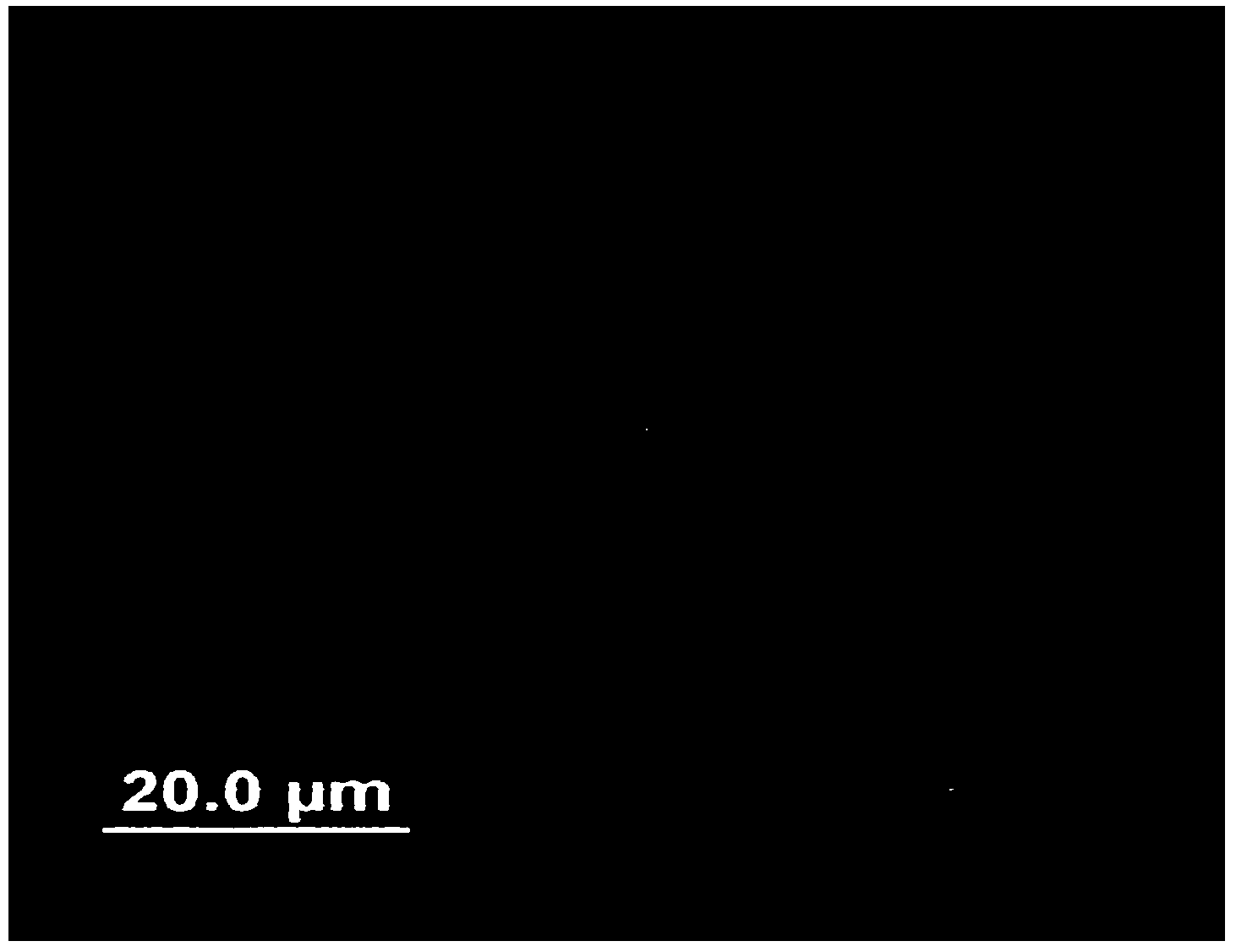Separation culture method of sponge symbiosis blue alga
A technology of sponge symbiotic cyanobacteria, separation and culture, which is applied in the field of cyanobacteria separation to achieve ideal effects, simple separation and purification operations, and high purity.
- Summary
- Abstract
- Description
- Claims
- Application Information
AI Technical Summary
Problems solved by technology
Method used
Image
Examples
Embodiment 1
[0022] A method for separating and cultivating sponge symbiotic cyanobacteria, specifically comprising the following steps:
[0023] (1) Screening of sponge samples: screening intact sponge samples with blue-green or yellow color from the ocean;
[0024] (2) Pretreatment of sponge samples: soak the screened sponge samples in boiled and cooled sterilized seawater, then remove debris and wash them, and then cut the sponge samples into 1cm 3 The size of the sponge block is placed in the culture bottle, and at the same time, sterilized seawater containing kanamycin or neomycin is added to the culture bottle until the lower half of the sponge block is submerged in the water, and the upper part is exposed to the water surface, and then Place the culture bottle in an environment with a carbon dioxide volume fraction of 0.05%, and use 200 μmol / (m 2 s) light intensity, pretreatment 36h;
[0025] (3) Sponge sample selection: cut the pretreated sponge block into 0.5cm 3 The size of th...
Embodiment 2
[0033] With above-mentioned embodiment 1, its difference is:
[0034] Sponge sample cut into 0.5cm in step (2) 3 The size of a sponge block; place the culture bottle in an environment with a carbon dioxide volume fraction of 0.035%, and use 150μmol / (m 2 s) light intensity, pretreatment 48h;
[0035] In step (3), the pretreated sponge block is cut into 0.25cm 3 size of sponge block;
[0036] In step (4), put the sponge block in a food grinder, and mash it twice for 20 seconds at a speed of 1200 rpm;
[0037] In step (5), the cell culture plate was placed in the incubator, and the light intensity was 20 μmol / (m 2 s), cultivated for 15 days at an ambient temperature of 20°C;
[0038] In step (6), dilute the sterilized seawater containing cyanobacteria algae by 10 times;
[0039] In step (7), the cell culture plate was placed in a light intensity of 20 μmol / (m 2 · s), the light cycle is 12 / 12 hours, and the water temperature is 20° C. for 15 days.
[0040] The concentration ...
Embodiment 3
[0042] With above-mentioned embodiment 1, its difference is:
[0043] Sponge sample cut into 1.5cm in step (2) 3 The size of a sponge block; the culture bottle is placed in an environment with a carbon dioxide volume fraction of 0.065%, and under the high temperature stress condition of 32°C, 250μmol / (m 2 s) light intensity, pretreatment 24h;
[0044] In step (3), the pretreated sponge block is cut into 0.75cm 3 size of sponge block;
[0045] In step (4), put the sponge block in a food grinder, and mash it 4 times at a speed of 1500 rpm for 10 seconds each time;
[0046] In step (5), the cell culture plate was placed in the incubator, and the light intensity was 50 μmol / (m 2 s), the photoperiod is 12 / 12 hours, and the ambient temperature is 25°C for 10 days;
[0047] In step (6), the sterilized seawater containing cyanobacteria is diluted 20 times;
[0048] In step (7), place the cell culture plate at a light intensity of 50 μmol / (m 2 ·s), cultivated for 10 days under t...
PUM
| Property | Measurement | Unit |
|---|---|---|
| concentration | aaaaa | aaaaa |
Abstract
Description
Claims
Application Information
 Login to View More
Login to View More - R&D
- Intellectual Property
- Life Sciences
- Materials
- Tech Scout
- Unparalleled Data Quality
- Higher Quality Content
- 60% Fewer Hallucinations
Browse by: Latest US Patents, China's latest patents, Technical Efficacy Thesaurus, Application Domain, Technology Topic, Popular Technical Reports.
© 2025 PatSnap. All rights reserved.Legal|Privacy policy|Modern Slavery Act Transparency Statement|Sitemap|About US| Contact US: help@patsnap.com


